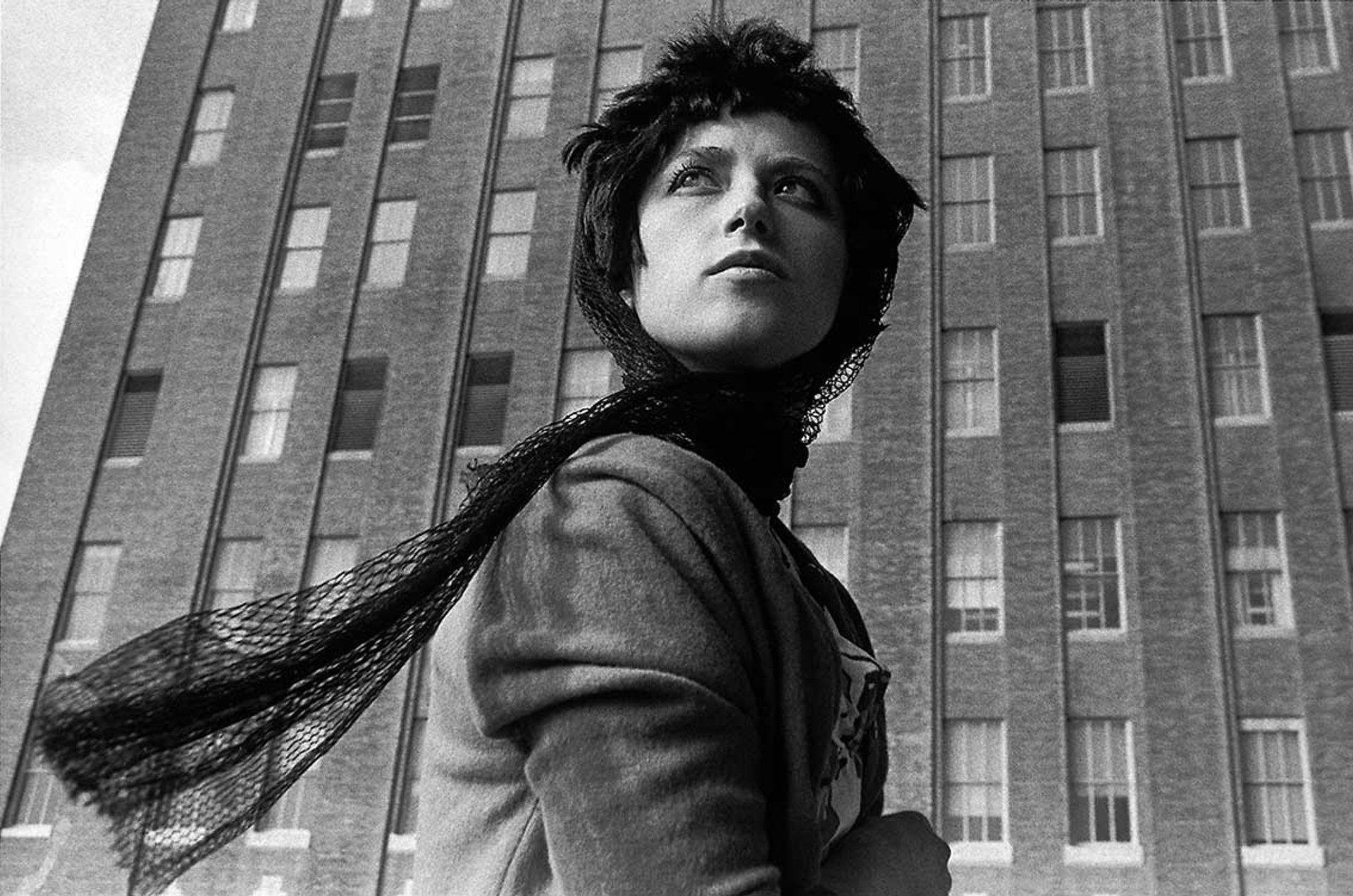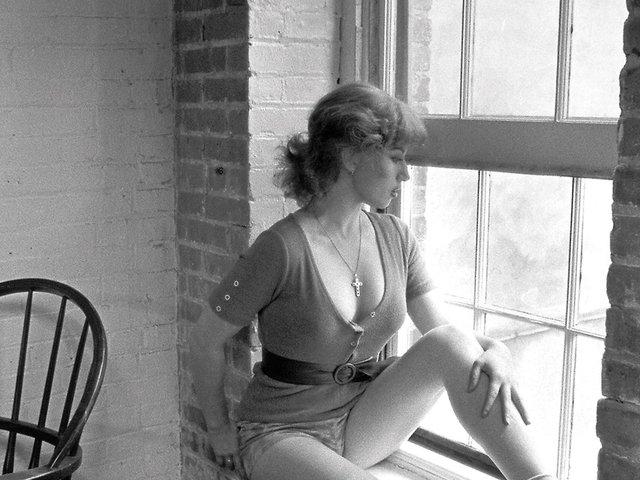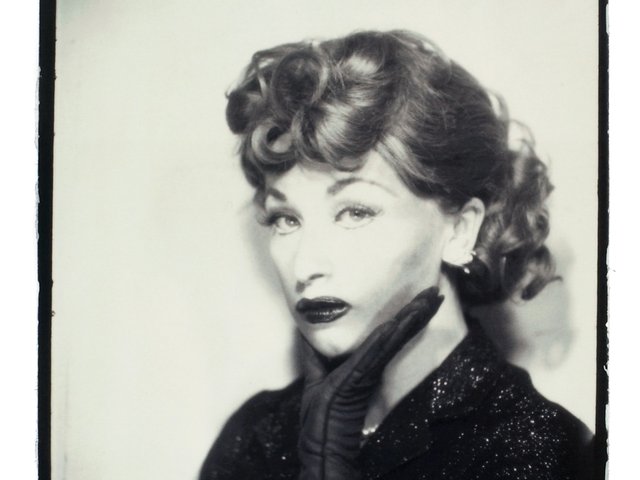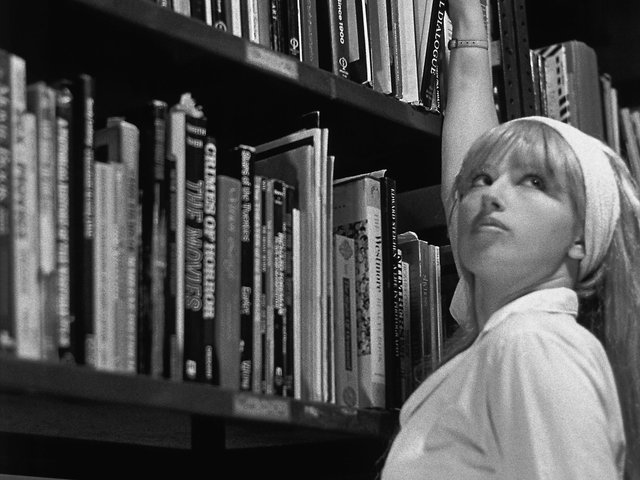Born within three years of each other, in Osaka in 1951 and New Jersey in 1954, Yasumasa Morimura and Cindy Sherman have made an art form out of personifying alter egos for the camera. While working as photographers, costume artists, make-up artists and models, they have dedicated their artistic careers to “thinking about identity and performing the body, and also masquerading the body”, says Isabella Tam, a curator in visual art at M+. The museum is now hosting the first exhibition to bring works by these two artists into dialogue, drawing out the parallels but also the differences between their practices.
Sherman emerged as part of the so-called ‘Pictures Generation’ in New York, turning the tropes of mass media imagery on their heads. In her breakthrough work, Untitled Film Stills (1977-80), she mimicked the female characters of 1950s and 1960s Hollywood, B-movies and European arthouse cinema. The 69 black-and-white stills evoke familiar narratives: the career girl, the unhappy housewife, the vulnerable hitchhiker, the femme fatale. But while they might awaken a sense of déjà vu, each scene is a fiction, appropriating the clichés of femininity paraded by popular culture. “[Sherman’s] work really points out the power of cinema,” Tam says, begging the question: “How does cinema construct us?”

Cindy Sherman’s Untitled Film Still #58, 1980
© Cindy Sherman, Courtesy the artist and Hauser & Wirth
Meanwhile, Morimura and his peers adopted photography as “a new language that could really respond to contemporary experience” in Japan, Tam says. The pervasive influence of American culture on postwar Japanese society had left Morimura “perplexed as to my identity”, he later recalled. “My face is Asian, but I am increasingly living in a Western style. Can I say I am Japanese?” His identity quest led him to reimagine the canon of Western art history. In 1985, he made the first of his self-portraits reconstructing famed works of Western art in his image—from Van Gogh’s bandaged ear to Manet’s Olympia (1863)—while consciously blurring the binaries of race and gender.
The M+ show includes Doublonnage (Marcel) (1988), in which the artist plays Rrose Sélavy, Marcel Duchamp’s gender-bending persona from the 1920s. Morimura added a further twist, depicting not one but two pairs of arms in white and brown skin tones. Cross-dressing was a vehicle for Morimura to critique the Western gaze on Asia, with its feminine stereotypes of an exotic East. “He’s playing with gender, but also using gender to question cultural perceptions,” says Tam.
The exhibition juxtaposes Sherman’s Untitled Film Stills with Morimura’s One Hundred M’s Self-portraits (1993-2000), in which he embodied stars such as Marilyn Monroe, Brigitte Bardot and Audrey Hepburn. Within the grid of 100 images, eagle-eyed viewers might notice his tribute to Untitled #96 (1981), one of Sherman’s most recognisable images.
The original photograph, showing a fresh-faced girl, dressed in orange, lying dreamily on the floor, also appears in the show among seven works from Sherman’s 1981 Centerfolds series. Satirising the models in men’s magazines, the works are voyeuristic without being pornographic, and provoke unease with their awkwardly cropped bodies and anxious faces.
It feels fitting that M+ is presenting the early works of these two chameleons of photography in double vision, given their parallel histories of shape-shifting and disguise. “Masquerade is the genesis [of their artworks], which they continue to develop as a very sophisticated language,” Tam says. Perhaps surprisingly, however, the artists “were not consciously aware of each other’s presence” at the beginning of their careers, with Morimura only discovering Sherman’s work later through Japanese magazines. “I think this kind of coincidence actually makes it more fascinating,” Tam says.
- Yasumasa Morimura and Cindy Sherman: Masquerades, M+, Kowloon, until 5 May 2025





